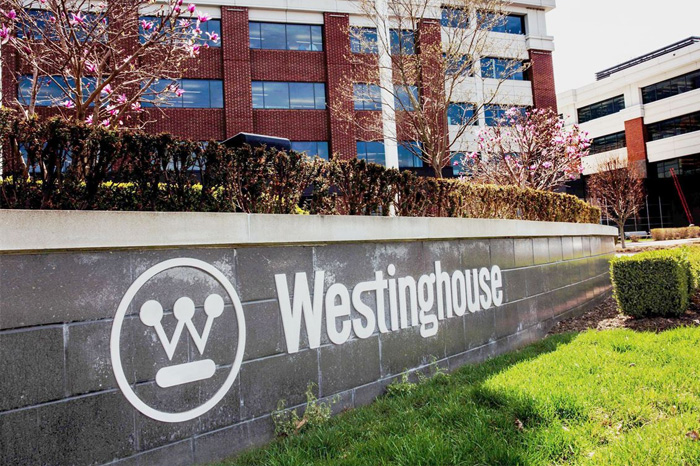
George Westinghouse was a prolific inventor who influenced the course of history by enabling the growth of the railroads through his inventions and by promoting the use of electricity for power and transportation. As an industrial manager, George Westinghouse’s influence on industrial history is considerable, having formed and directed more than 60 companies to market his and others’ inventions during his lifetime. His electric company became one of the greatest electric manufacturing organizations in the United States, and his influence abroad was evident by the many companies he founded in other countries.
The hydroelectric development of Niagara Falls by George Westinghouse in 1896 inaugurated the practice of placing generating stations far from consumption centers. The Niagara plant transmitted massive amounts of power to Buffalo, New York, over 20 miles away. With Niagara, Westinghouse convincingly demonstrated both the general superiority of transmitting power with electricity rather than by mechanical means (the use of ropes, hydraulic pipes, or compressed air had also been proposed) and the transmission superiority at that time of alternating current (ac) over direct current (dc). Niagara set a contemporary standard for generator size, and was the first large system supplying electricity from one circuit for multiple end-uses (railway, lighting, power).
To solve the problem of sending electricity over long distances, George Westinghouse developed a device called a transformer. The transformer allowed electricity to be efficiently transmitted over long distances. This made it possible to supply electricity to homes and businesses located far from the electric generating plant.


